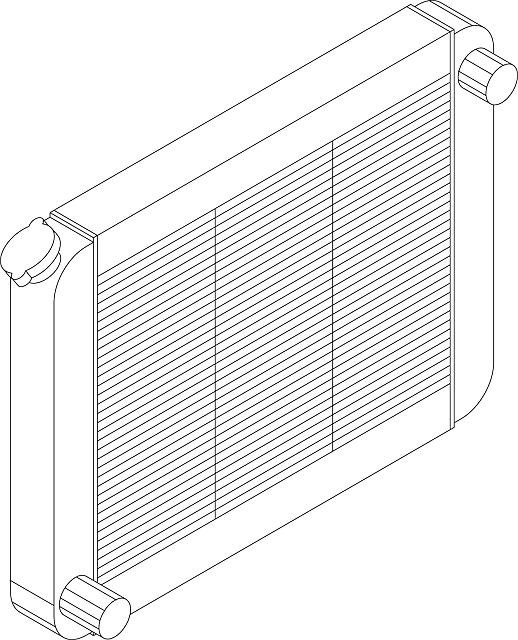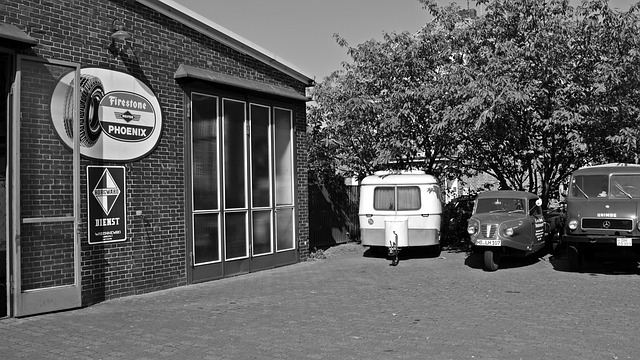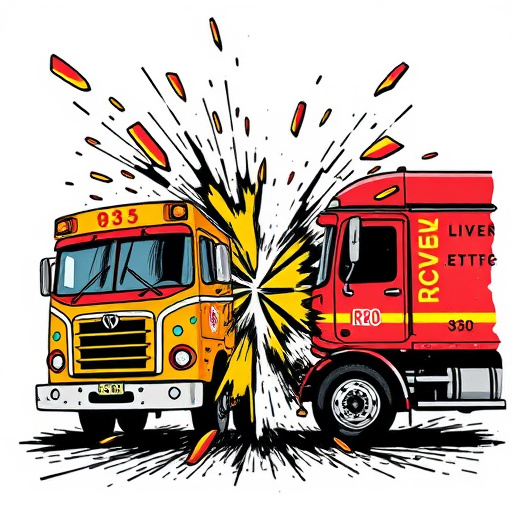Mobile estimating service costs for vehicle collision repair are transparent and based on set fees for services like inspections and damage assessments. Pricing factors include scope of work, labor rates, travel expenses, equipment costs, technology usage, and technician skill levels. Effective cost management involves streamlining operations, leveraging technology, building supplier relationships, optimizing inventory, and analyzing pricing trends.
In today’s fast-paced construction industry, efficient project management is key. Mobile estimating services have emerged as a game-changer, offering on-site assessments and accurate cost calculations. This article delves into the intricacies of mobile estimating service pricing, guiding contractors through understanding cost drivers, navigating influencing factors, and implementing effective strategies for successful cost management. By embracing these practices, businesses can optimize their operations and stay competitive in the market.
- Understanding Mobile Estimating Service Costs
- Factors Influencing Pricing Structure
- Strategies for Effective Cost Management
Understanding Mobile Estimating Service Costs
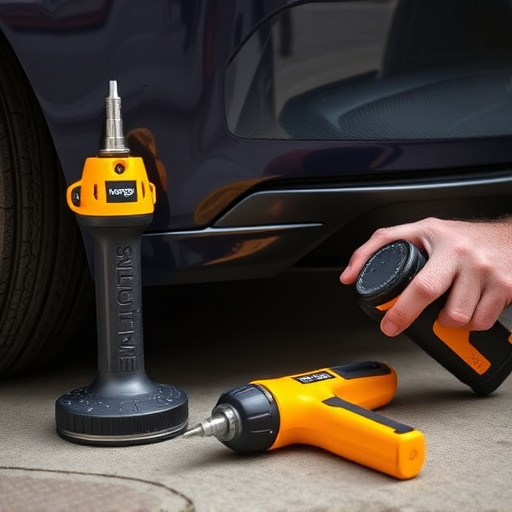
Understanding Mobile Estimating Service Costs
When considering a mobile estimating service for your vehicle collision repair needs, it’s crucial to grasp how these costs are structured. Unlike traditional workshops that charge by the hour or based on labor rates, mobile estimators often provide a more straightforward pricing model. This typically involves a set fee for each service, which can include on-site inspections, detailed damage assessments, and even preliminary repair estimates. The advantage lies in transparency; you know exactly what you’ll be paying before any work begins.
These services are particularly beneficial for complex cases, such as Mercedes Benz collision repair, where precise measurements and meticulous attention to detail are required. The mobile estimator’s ability to access the necessary tools and technology on-site ensures accuracy in evaluating car bodywork damage. This efficiency can translate to faster turnaround times and potentially lower overall costs compared to traditional repair shops, making it a compelling option for vehicle collision repair.
Factors Influencing Pricing Structure

The pricing structure for a mobile estimating service can be influenced by various factors unique to the business and market demands. One key consideration is the scope of services offered, including whether the company specializes in specific areas like autobody repairs, auto glass replacement, or automotive restoration. Each specialized service may have varying rates based on complexity and material costs. For instance, intricate autobody repairs involving custom metalwork could command higher prices compared to simple dent removal.
Additionally, factors such as labor rates, travel expenses, and equipment costs play a significant role in setting service prices. Mobile estimators need to factor in the time and resources required to visit clients’ locations, especially if they serve remote areas or have tight deadlines. Advanced estimating software and specialized tools used for accurate assessments can also impact pricing. Companies might charge more for services that demand cutting-edge technology or skilled technicians to ensure precise and reliable estimates.
Strategies for Effective Cost Management
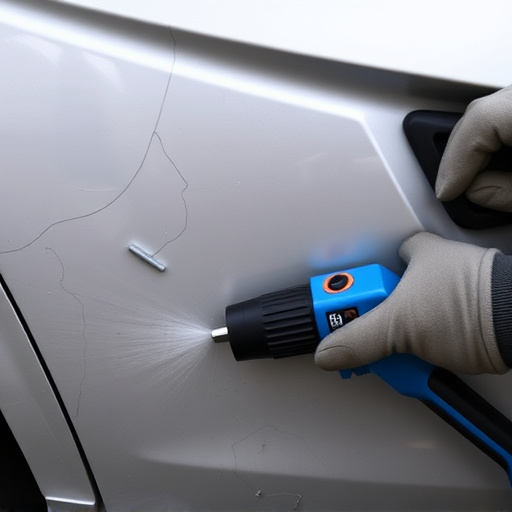
Implementing effective cost management strategies is key for the success of any mobile estimating service. By streamlining operations and optimizing resource allocation, businesses can significantly reduce overheads while maintaining high-quality services. One strategic approach is to leverage technology, such as digital estimation tools and cloud-based software, which can automate time-consuming tasks, minimize errors, and enhance overall efficiency. Additionally, fostering strong relationships with suppliers and negotiating bulk purchases for materials and parts can lead to substantial cost savings over time.
Another crucial aspect is efficient inventory management, particularly in the context of an auto collision center or vehicle body shop. Optimizing stock levels ensures that common parts are readily available, reducing the need for urgent, often more expensive, last-minute orders. Moreover, regular analysis of pricing trends and market fluctuations enables businesses to anticipate costs, lock in favorable prices, and make strategic purchasing decisions. These practices not only curb expenses but also contribute to a competitive edge in the industry.
In conclusion, understanding the pricing dynamics of mobile estimating services is key to making informed decisions. By factoring in various influences and implementing effective cost management strategies, businesses can optimize their operations and stay competitive in the market. Mobile estimating services, when priced appropriately, become a valuable asset for efficient project planning and resource allocation.


